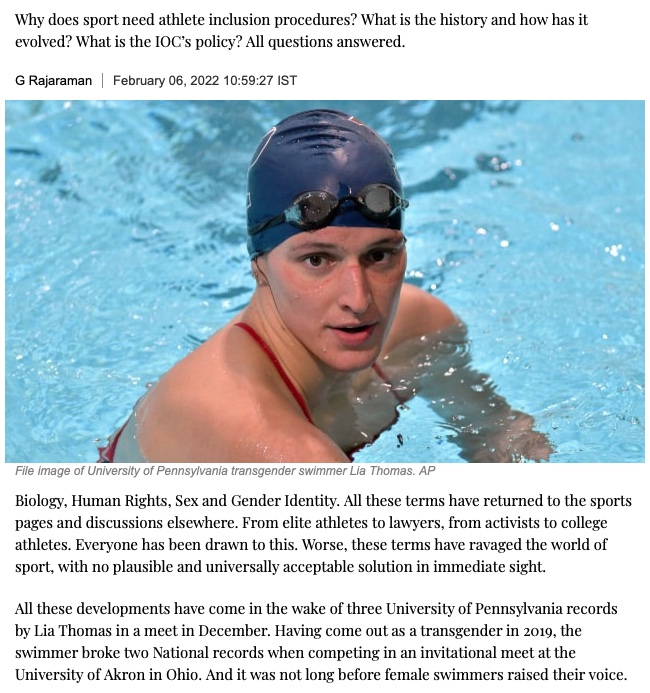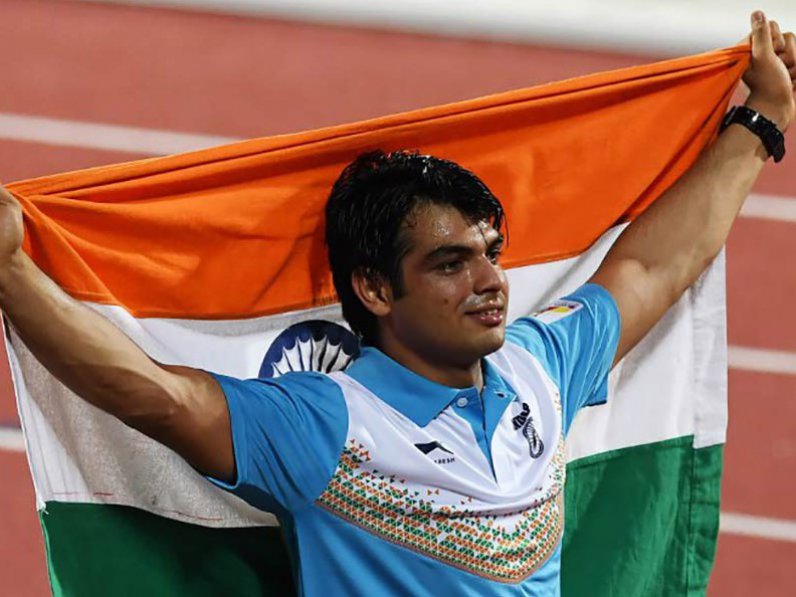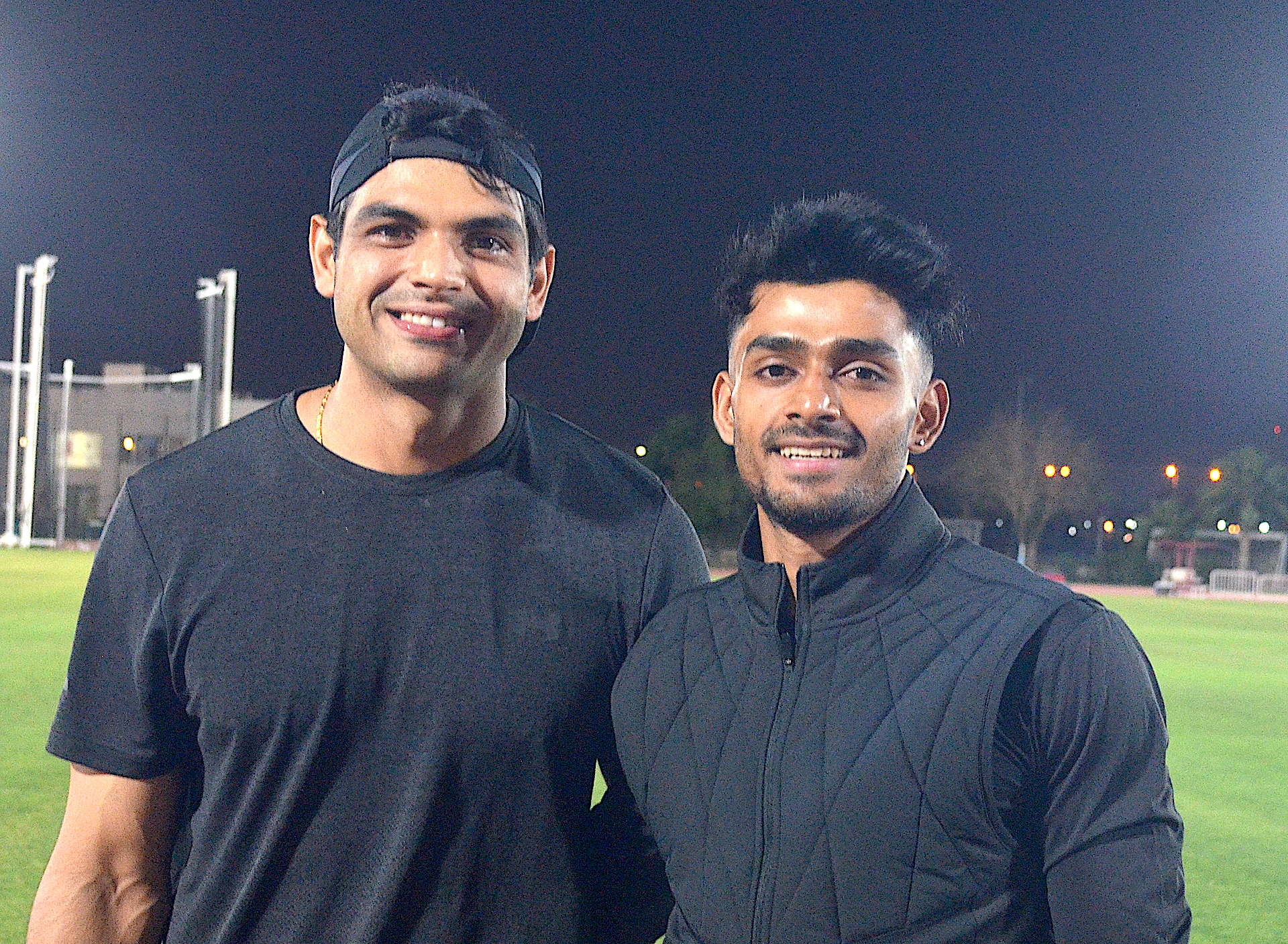Biology, Human Rights, Sex and Gender Identity. All these terms have returned to the sports pages and discussions elsewhere. From elite athletes to lawyers, from activists to college athletes. Everyone has been drawn to this. Worse, these terms have ravaged the world of sport, with no plausible and universally acceptable solution in immediate sight.
All these developments have come in the wake of three University of Pennsylvania records by Lia Thomas in a meet in December last. Having come out as a transgender in 2019, the swimmer broke two National records when competing in an invitational meet the University of Akron in Ohio. And it was not long before female swimmers raised their voice.
Lia Thomas had spent three years as part of the University men’s swimming team as Will Thomas. The swimmer then underwent testosterone suppression treatment for over two and a half years to be able to compete in the women’s events. The 2010 NCAA Transgender Student-Athlete Participation Policy) requires athletes to undergo at least one year of treatment.
Why has USA Swimming come out with Athlete Inclusion Procedures?
National Collegiate Athletic Association (NCAA), which governs college and university sport in the United States of America, decided on January 19 to replicate the IOC policy in support of an approach that depended on each sport’s requirements. It said the transgender participation in each sport would be determined by the policy of the respective national governing body.
With the International Swimming Federation (FINA) still contemplating its policy on gender eligibility, USA Swimming announced Athlete Inclusion Procedures on February 1, laying down two requirements for transwomen members of USA Swimming to compete.
It asks transgender swimmers to provide evidence that going through puberty as their sex assigned at birth does not give them a competitive advantage over the athletes’ cisgender female competitors. Second, the concentration of testosterone in their blood must be less than 5 nanomoles per liter continuously for at least 36 months before they apply to compete.
In making this decision, USA Swimming has relied on data that the top-ranked female in 2021, on average, would be ranked 536th across all Short Course (25 yards) male events in the country and 326th across all Long Course (50 meters) male events in USA. It said the policy supports the need for competitive equity at the most elite levels of competition.
Why does sport need such regulation in the first place?
Things would be simpler in the world of sport if humans were only male and female. But the truth is that a small percentage of population that defies such classification. There are many reasons for hyperandrogenism or differences in sex development in humans. There is often no clear reason why it happens and discovery that a person has a DSD can be at birth or as late as in his or her teenage.
It is this lot of athletes that has caused world’s sporting administrators to draw up regulations. Nearly 75 years ago, Olympic officials were concerned that the Soviet Bloc nations could be sending male athletes disguised as females to sweep the medals in the women’s events. And over several decades, they have grappled with the issue of ensuring a level playing field for women.
Are there any examples of such imposters doing well on the international stage?
In the 1936 Olympic Games in Berlin, Polish journalists are said to have questioned an American sprinter Helen Stevens’ femininity and the German officials issued a statement that she had passed a ‘sex check’. A couple of decades later, a German man confessed that he had been forced to compete as a woman in the Berlin Games. What’s more, a 1966 World Cup ski women’s title winner retired from the sport after a medical exam and is said to have had a sex reassignment surgery and fathered a child
Of course, the International Olympic Committee has come a long way from time in the 1960s when it needed all women competitors to strip before a panel of doctors to prevent imposters from taking undue advantage in female competition. While there is no record of any such imposter being caught in such parades, it is possible that they may have backed off from presenting themselves before the medical panels.
In 1968, IOC introduced a Chromosome test as a way of identifying males potentially disguised as females It was later abolished as it was an inconclusive way of identifying maleness. Spanish hurdler Maria Jose Martinez Patino protested the regulations and after three years, International Association of Athletics Federations (IAAF) agreed that since her body was not drawing an advantage of the excess testosterone, it reinstated her.
In 1990, it convened a committee of physicians from genetics, pediatrics, endocrinology, and psychiatry, in Monte Carlo to develop an alternative method for gender verification. The committee concluded no testing was needed. The group believed that revealing, contemporary athletic clothing and the routine dope testing required observation by an official to verify that the sample from a given athlete is truly his or hers, were enough to prevent disguising gender.
In 1992, IAAF did away with all gender testing. Other disciplines followed suit. IOC replaced the test with a new DNA-based method, implemented at the 1992 Winter Olympics in Albertville. The IOC Athletes Commission called for discontinuation of gender verification and in June 1999, the IOC Executive Board decided to discontinue the onsite genetic screening of females.
How has the IOC policy evolved in the new Millennium?
The IOC guidelines in 2003 needed athletes who transitioned from male to female or vice versa to have reassignment surgery followed by at least two years of hormone therapy to be eligible to compete.
In 2011, IOC confirmed the need to set up clear rules to determine the eligibility of female athletes with hyperandrogenism in female competitions. It laid down that a female recognised in law should be eligible to compete in female competitions “provided that she has androgen levels below the male range (as shown by the serum concentration of testosterone) or, if within the male range, she has an androgen resistance such that she derives no competitive advantage from such levels”.
While they stopped sex-testing every female athlete, IOC and International Sports Federations retained the right to test an athlete’s chromosomes when questions about her sex arose and to follow that with a hormone test, a gynecological exam and a psychological evaluation. It was this Hyperandrogenism policy of IAAF that India’s Dutee Chand challenged in 2014.
Four years later, IOC directed transgender and intersex athletes to have testosterone levels below a certain threshold to be eligible to compete in the Olympic Games. Just ahead of the Olympic Games in Rio de Janeiro in 2016, the IOC recommended that trans athletes need not undergo sex reassignment surgery to compete in women’s events to be consistent with developing legislation and notions of human rights.
The IOC did not have an issue when New Zealand weightlifter Laura Hubbard became the first transgender athlete to compete in an Olympic Games.
What is the IOC’s current policy on Inclusion?
In November last year, the IOC released the Framework on Fairness, Inclusion and Non-discrimination based on gender identity and sex variations. It assigned the responsibility of making gender policies to the various International Sports Federations, offering them assistance in making fair rules.
The aim of this Framework is to offer sports bodies – especially those organising elite level competition – a principled approach to develop their criteria that are applicable to their sport. It urged sports bodies to consider ethical, social, cultural and legal aspects that may be relevant in their context.
World Athletics, as IAAF is now known, has played a lead role in this field. It relied on studies to show that female athletes with testosterone above the normal levels found in women drew an advantage in track events between 400m and the mile and barred such athletes from competing in these women’s events.
It was this ruling that Caster Semenya challenged. But World Athletics’ DSD regulations found acceptance by the Court of Arbitration for Sport – and the Swiss Federal Court rejected an appeal against that decision in October 2020. There is jurisprudence for sports administrators to fall back on when drawing up gender rules in their respective sport.
What is the way forward?
The road ahead is not easy as no solution would seem to appease all groups unless it has been scientifically proven that transgender and intersex athletes have an advantage over cisgender athletes in all events in all sports.
Since the International Olympic Committee has left it to each International Sports Federation to find solutions, the challenges for each discipline will be quite enormous as they will have to find research studies to back their rules. Science will have to find an acceptable solution to the challenges that Nature brings along.
Clearly, the last not been heard on the subject. While transgender and intersex athletes have the right to participate in sport, women’s right to expect fair competition must never be overlooked. After all, there has been a reason Sport has always been divided into male and female categories. The rules must respect the essence of the male/female classification and guarantee the fairness and integrity of female competitions for all female athletes.
This piece was written for FirstPost.com



